Today, June 3, leaders of the European Union (EU) and around the world met in Amsterdam, the Netherlands at the Carbon Capture and Storage 2024 Summit to explore next-generation carbon capture, utilization, storage and transport (CCS) technologies to meet net zero emissions targets.
Sharing CCS technology
The main focus of the Carbon Capture Summit 2024 is “cross-sector collaboration” by sharing expertise, building capacity, and providing advice and support so that CCS can play an integral role in reducing carbon emissions. Government agencies, global corporations, research institutions, and NGOs committed to learning and adopting CCS technologies will participate in the event.
Key topics on the agenda this year include: Economic assessment of carbon capture, utilization and storage; carbon emission reduction by industry; new CCS technologies and techniques in infrastructure development; building business models for CCS with cost reduction and commercialization; latest projects and transport networks for CO2 storage and utilization… The conference will provide a forum for all stakeholders, from industrial manufacturers and contractors to carbon capture companies and major heavy industries, to network, build cross-market relationships and discuss the latest developments in CCS technology.
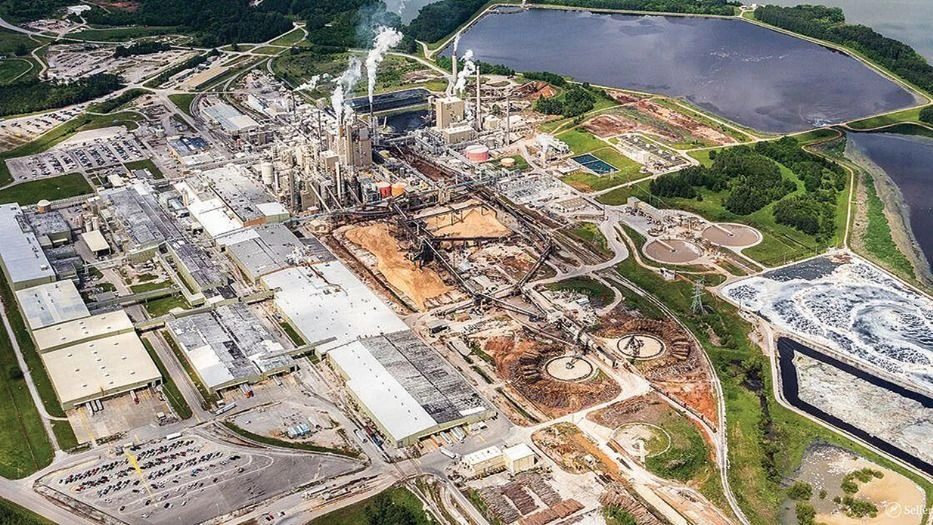
Many challenges remain
The International Energy Agency (IEA) has described CO2 capture and storage as “critical” to achieving net zero emissions. The IEA’s latest report said carbon capture and storage projects will expand further over the next decade as the carbon capture market reaches $10 billion by 2030.
CCS technology typically uses chemical absorption to capture CO2 emitted from industrial activity. The gas is condensed into a liquid for transport, often through pipelines, and stored thousands of metres underground in depleted oil wells or geological formations such as saltwater reservoirs. The challenges of deploying CCS technology are enormous. The IEA says the world will need to capture more than 1 billion tonnes of CO2 per year by 2030, more than 20 times the 45 million tonnes captured in 2022. By 2050, the amount of CO2 captured will need to reach 6 billion tonnes – more than 130 times the 2022 level. However, CCS technology is still “inefficient”, with only 5% of announced projects having reached investment decisions. Industry needs to demonstrate that CCS technology can work economically at scale after struggling to ramp up deployment for years, according to the IEA.
CCS is an emerging technology that aims to reduce carbon emissions from energy generation, heavy industry and transport. The captured CO2 can be used as a valuable resource or stored permanently deep underground in geological formations, creating the basis for removing carbon from the atmosphere. By creating new business models based on CCS and exploring scalable uses for CO2 , industries can significantly reduce carbon emissions and address the dual climate and energy challenges of the modern era.
VIET ANH
Source: https://www.sggp.org.vn/hoi-nghi-thuong-dinh-thu-giu-carbon-2024-giai-quyet-thach-thuc-kep-post742698.html






![[Photo] Prime Minister Pham Minh Chinh chairs Government Standing Committee meeting on Gia Binh airport project](https://vphoto.vietnam.vn/thumb/1200x675/vietnam/resource/IMAGE/2025/5/10/6d3bef55258d417b9bca53fbefd4aeee)











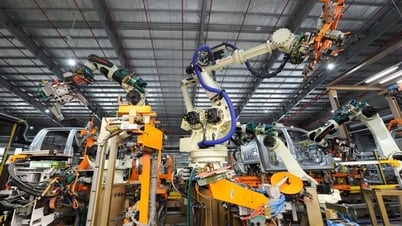


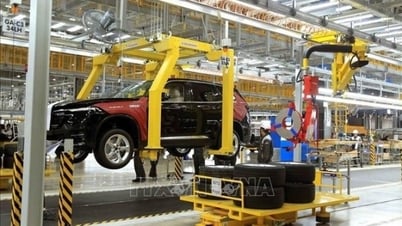











![[Photo] General Secretary To Lam holds a brief meeting with Russian President Vladimir Putin](https://vphoto.vietnam.vn/thumb/1200x675/vietnam/resource/IMAGE/2025/5/10/bfaa3ffbc920467893367c80b68984c6)















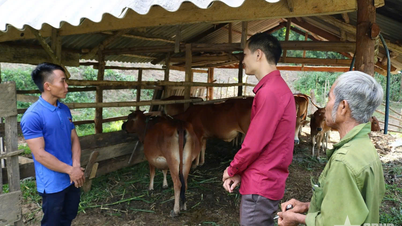

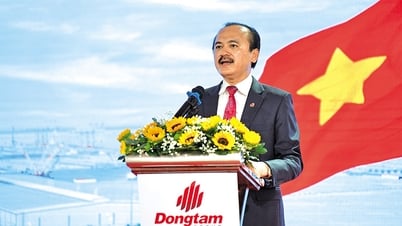

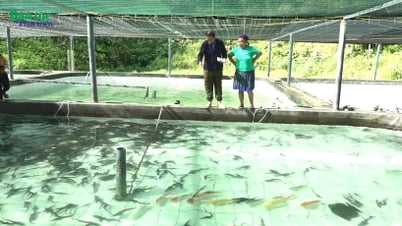










































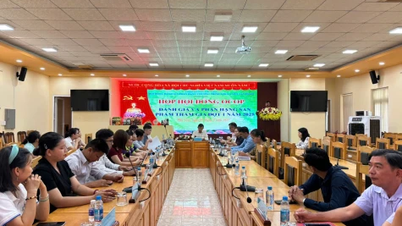




Comment (0)